Septic Drain Field Replacement Timing
Septic drain field replacements are a critical component of maintaining a functional septic system. The timing of these replacements can significantly impact system performance and longevity. Proper scheduling ensures minimal disruption and optimal operation of the septic system.
Indicators include persistent odors, pooling water, and slow drains. Recognizing these signs early can prevent costly repairs.
Late spring and early fall are ideal times due to moderate weather conditions, reducing the risk of soil freezing or excessive heat.
Dry, stable soil conditions are best for excavation and installation, typically found during dry seasons.
Heavy rainfall or freezing temperatures can delay or complicate replacement projects, making seasonal planning essential.

A technician installs a new drain field in suitable soil conditions.
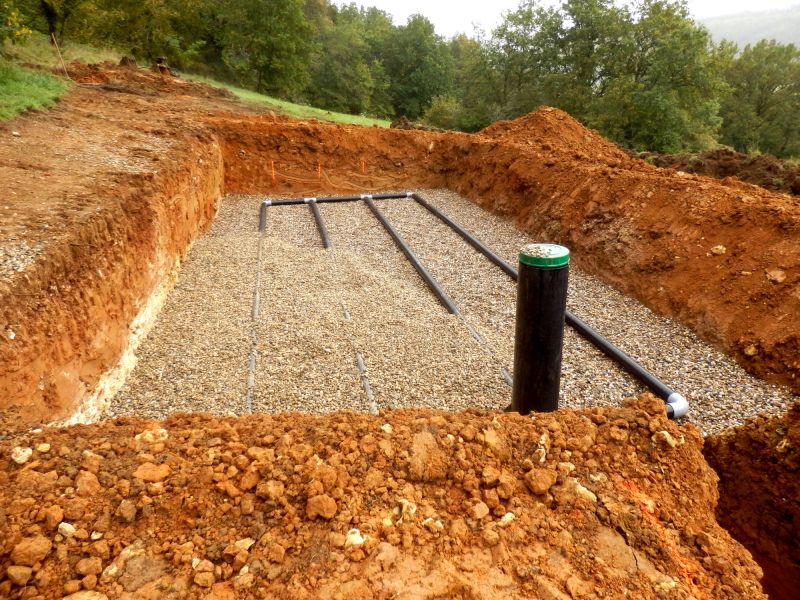
Excavation process begins during optimal weather conditions for soil stability.
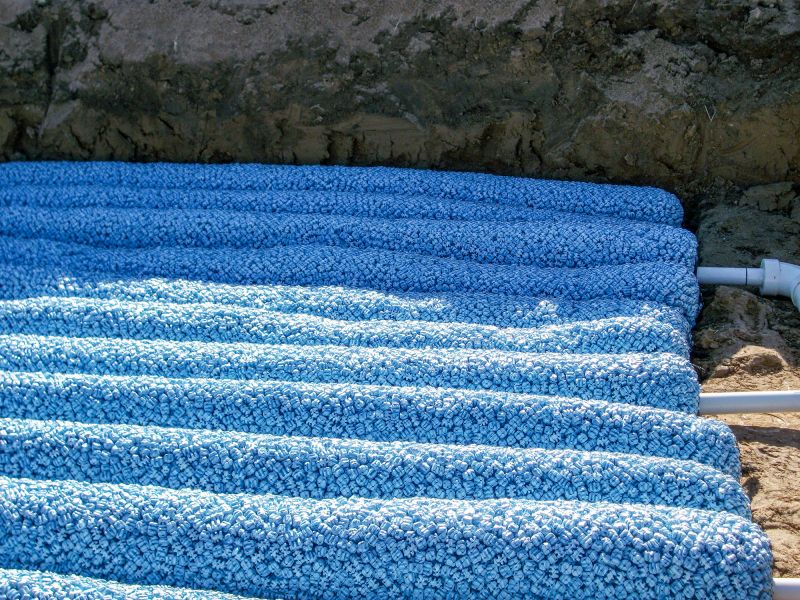
A fully installed drain field ready for use, demonstrating proper placement and soil coverage.
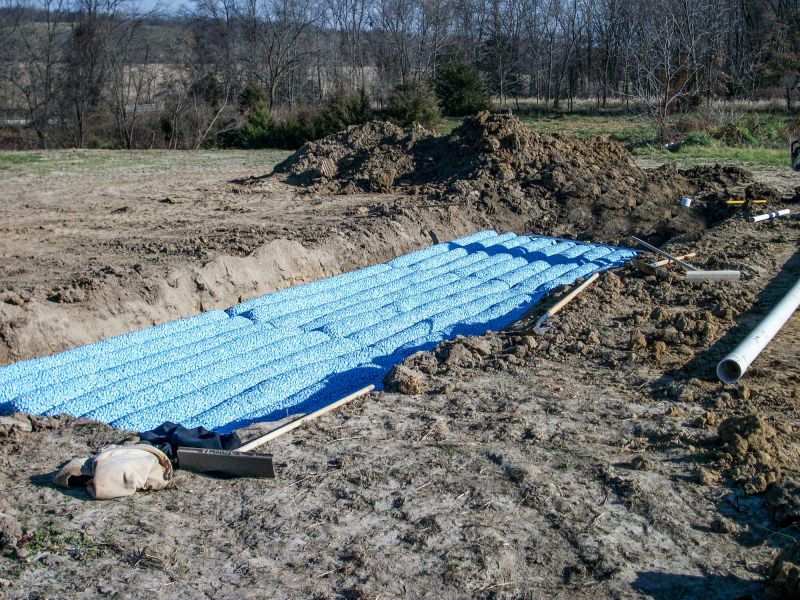
Ways to make Septic Drain Field Replacements work in tight or awkward layouts.

Popular materials for Septic Drain Field Replacements and why they hold up over time.

Simple add-ons that improve Septic Drain Field Replacements without blowing the budget.
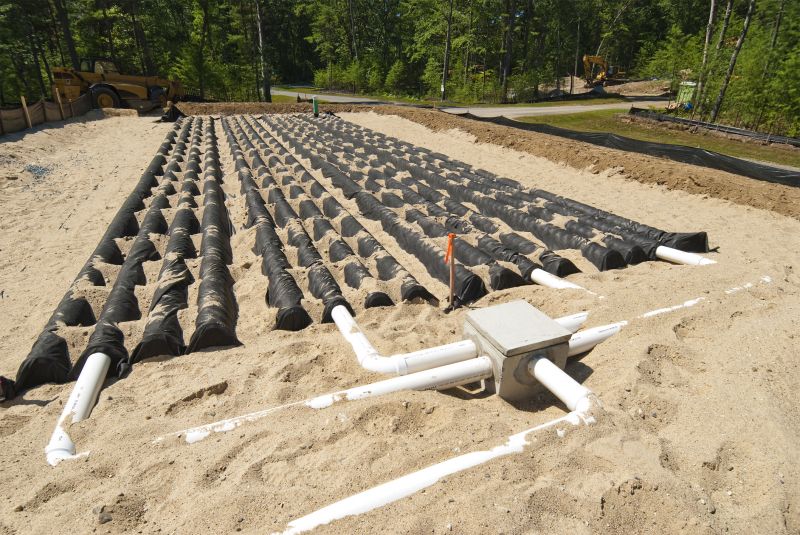
High-end options that actually feel worth it for Septic Drain Field Replacements.
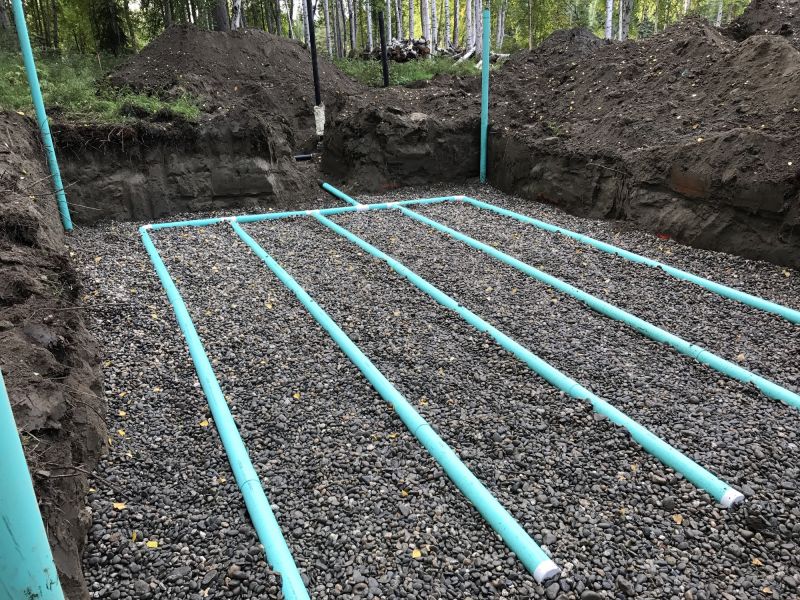
Finishes and colors that play nicely with Septic Drain Field Replacements.
| Season | Advantages |
|---|---|
| Spring | Moderate weather, soil thawed, minimal disruption |
| Fall | Cool temperatures, soil moisture ideal for installation |
| Late Summer | Dry conditions, less rain interference |
| Early Winter | Possible, if ground is not frozen and weather permits |
Septic drain field replacements involve removing and installing a new subsurface system that filters and disperses effluent from a septic tank. The process requires careful site assessment, soil testing, and proper installation techniques to ensure long-term functionality. Advances in septic technology and soil management have extended the lifespan of drain fields, but eventual replacement remains necessary for system health.
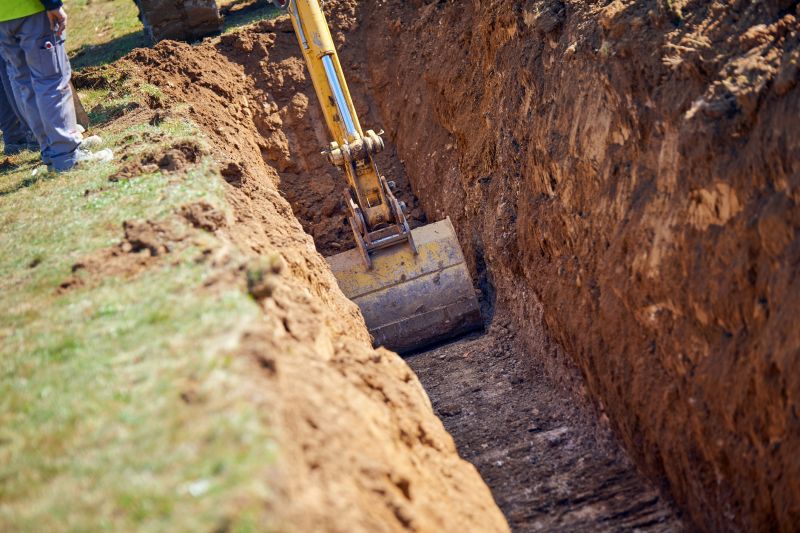
Heavy machinery used to dig and prepare the site for new drain field installation.

Samples collected to assess soil suitability before installation.

Different parts of a septic drain field, including pipes and gravel beds.

Ensuring proper installation and coverage before backfilling.
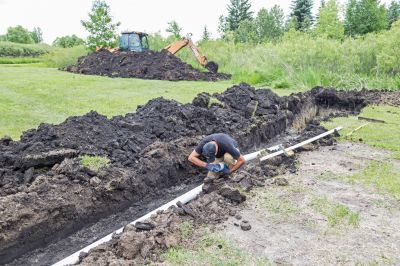
Little measurements that prevent headaches on Septic Drain Field Replacements day.
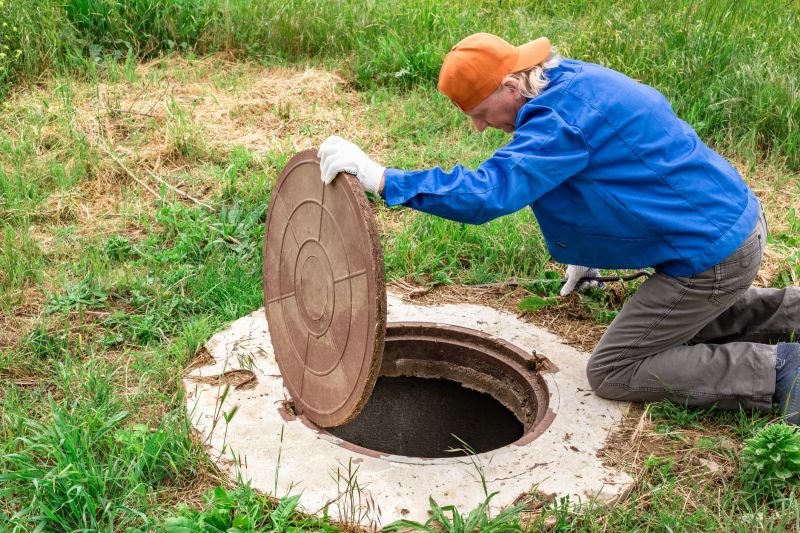
A 60-second routine that keeps Septic Drain Field Replacements looking new.

A frequent mistake in Septic Drain Field Replacements and how to dodge it.

Small tweaks to make Septic Drain Field Replacements safer and easier to use.
Interested parties should consider scheduling replacements during suitable seasons to ensure optimal conditions. Proper planning and timely action can extend the lifespan of a septic system and prevent costly repairs. Filling out the contact form can provide further guidance and assistance with septic drain field replacements.
